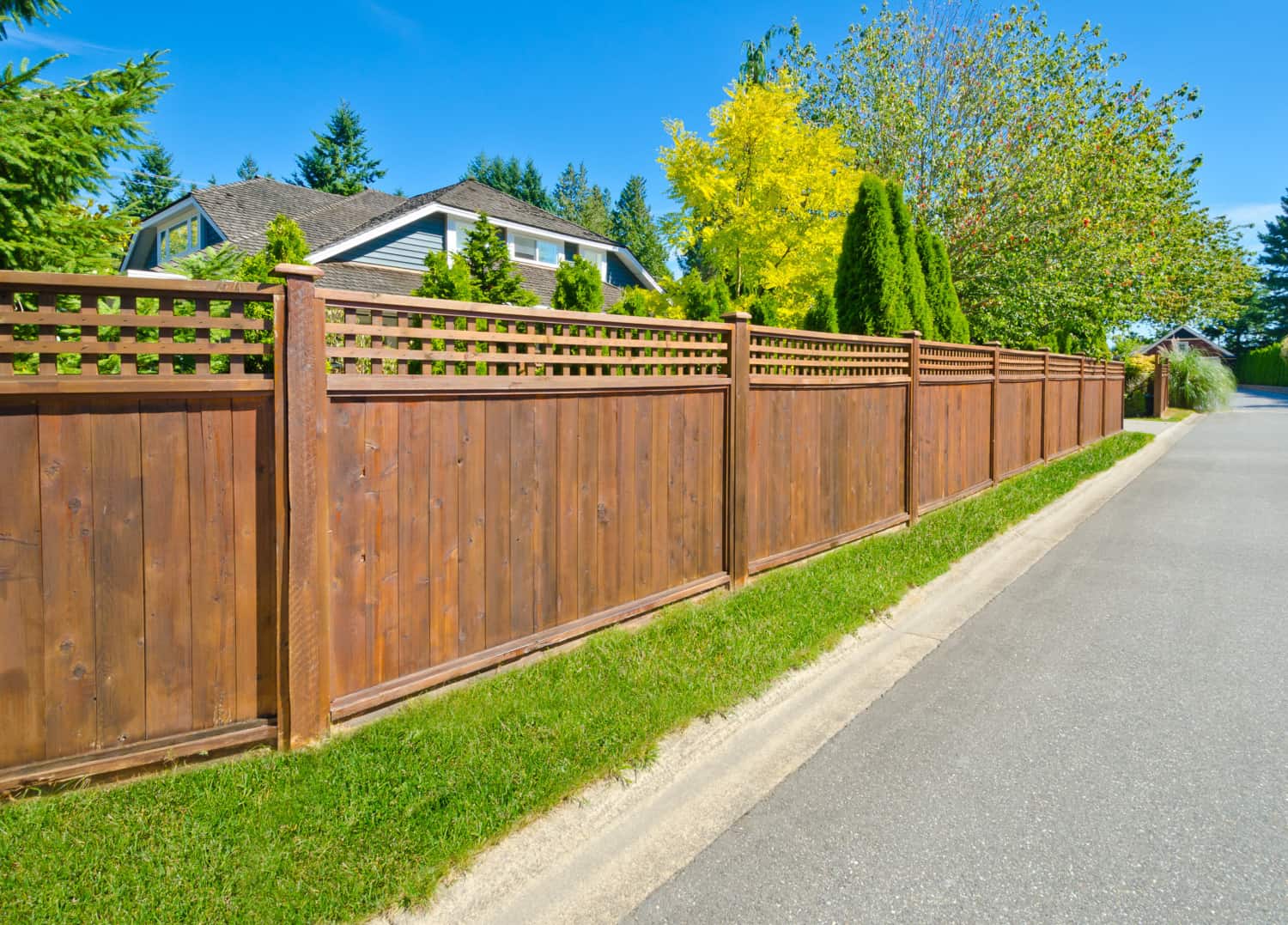All Categories
Featured

Your fencing is an important part of your home, offering protection, personal privacy, and aesthetic charm. It is regularly subjected to the aspects, and over time, weather-related damages can take its toll. Whether it's the extreme sun, strong winds, heavy rainfall, or freezing temperatures, the weather can create damage, warping, decaying, and fading. There are numerous techniques you can carry out to protect your fencing and extend its life.
- Choose the Right Material. The very first step in securing your fencing from weather-related damage is to select the right material for your environment. Some products are more resistant to the aspects than others.
Wood Fences: While standard wooden fencings offer an all-natural, eye-catching look, they are specifically at risk to water damage, rot, and insect infestation. If you pick timber, select pressure-treated lumber or timber kinds that are a lot more immune to moisture, such as cedar or redwood. Vinyl Fencings: Vinyl is a low-maintenance option that resists fading, splitting, and bending. It's likewise immune to rot and pests, making it suitable for locations with high moisture or direct exposure to rainfall. Steel Fences: Aluminum and wrought iron fences are resistant and resilient to weathering. Nevertheless, they can corrosion if revealed to moisture for prolonged durations. Go with a powder-coated or galvanized steel fencing to lower the threat of deterioration. Composite Fences: These are made from a mix of timber fibers and plastic, offering the best of both worlds-- toughness and an all-natural appearance. Composite fencings are immune to dampness, fading, and rotting, making them great for environments with constant rain or snow. 2. Apply Safety Coatings. No matter the product, applying a safety layer can aid guard your fence from weather damages.

Wood Fences: A good-quality discolor or sealer can assist protect your wood fencing from moisture, UV rays, and insects. These coverings create a barrier that protects against water from permeating into the timber and triggering rot. You must use a fresh coat of tarnish or sealer every pair of years, depending upon your environment and the degree of direct exposure to rain and sunlight. Plastic Fencings: Although vinyl fences are typically immune to weathering, they can still experience discoloration due to the sunlight's UV rays. You can utilize specific plastic cleaners or UV protectants to preserve the color and look of your fencing. Metal Fences: For metal fencings, take into consideration applying a rust-resistant guide and a layer of paint designed for outdoor usage. Powder finishing is another outstanding option for steel fences, as it produces a durable, weather-resistant surface that resists corrosion and deterioration. 3. Regular Cleaning and Maintenance. Preserving your fencing routinely is necessary to protecting against damages from the elements. Dust, leaves, and other particles can accumulate on your fence, which can cause discoloration, mold and mildew, and mold in time.
Wooden Fencings: Tidy your wood fence every 6 months with a light detergent service or a pressure washer (on a reduced setup) to get rid of dirt and grime. Keep an eye out for very early signs of rot, specifically at the base of the fencing articles where moisture has a tendency to gather. Plastic Fences: Vinyl fencings are very easy to tidy with soap and water. Use a mix of vinegar and water to gently scrub the impacted areas if you discover mold or mold. Avoid severe chemicals that could harm the surface area. Steel Fences: Routinely tidy steel fences with a soft fabric or sponge to get rid of rust-causing particles. For wrought iron fences, consider using a rust-inhibiting item to protect against rust. 4. Proper Installation and Positioning. Appropriate installation of your fencing can go a long method in shielding it from weather-related damage. Make sure that your fence is safely secured and that articles are established deep sufficient right into the ground to stop moving throughout heavy winds or storms. Mounting supporting at key points can supply additional support. if your fence is subject to hefty winds.
In addition, think about the positioning of your fencing. Ideally, plant hedges or trees tactically around your fence to give some all-natural protection from extreme winds, intense sunshine, or driving rain. Nonetheless, beware not to plant also close to the fencing, as roots can harm or move blog posts over time.
- Address Tornado Damage Rapidly. Tornados, specifically those with high winds or hail, can create prompt damage to your fence. After a tornado, check your fencing for broken areas, leaning articles, or dropped particles. Dealing with damage rapidly can protect against more concerns down the line. If you notice minor damages, such as small cracks or loosened up panels, fix them right now to avoid water from leaking in and triggering a lot more considerable damages.
- Winterize Your Fencing. Cold temperature levels and ice can be specifically damaging to wood fencings. To avoid this, make certain that the base of your fence articles is raised and not resting in pooled water.
Final thought. Weather-related damage is an inescapable part of owning a fencing, yet with the right precautions and regular upkeep, you can dramatically extend the life of your fencing. Choose long lasting materials fit for your climate, apply protective finishings, tidy consistently, and guarantee correct installation. With these actions, you can safeguard your fence from the components and preserve its appearance and functionality for many years to come.
Latest Posts
Budget Friendly High-end: Discover the Advantages of Laminate Flooring
Published Apr 20, 25
1 min read
Developing a Strong Monetary Future with WyHy
Published Apr 20, 25
1 min read
Full Circle Strategic Marketing - Crush Top Search Spots with Effective SEO Plans
Published Apr 20, 25
2 min read
More
Latest Posts
Budget Friendly High-end: Discover the Advantages of Laminate Flooring
Published Apr 20, 25
1 min read
Developing a Strong Monetary Future with WyHy
Published Apr 20, 25
1 min read
Full Circle Strategic Marketing - Crush Top Search Spots with Effective SEO Plans
Published Apr 20, 25
2 min read